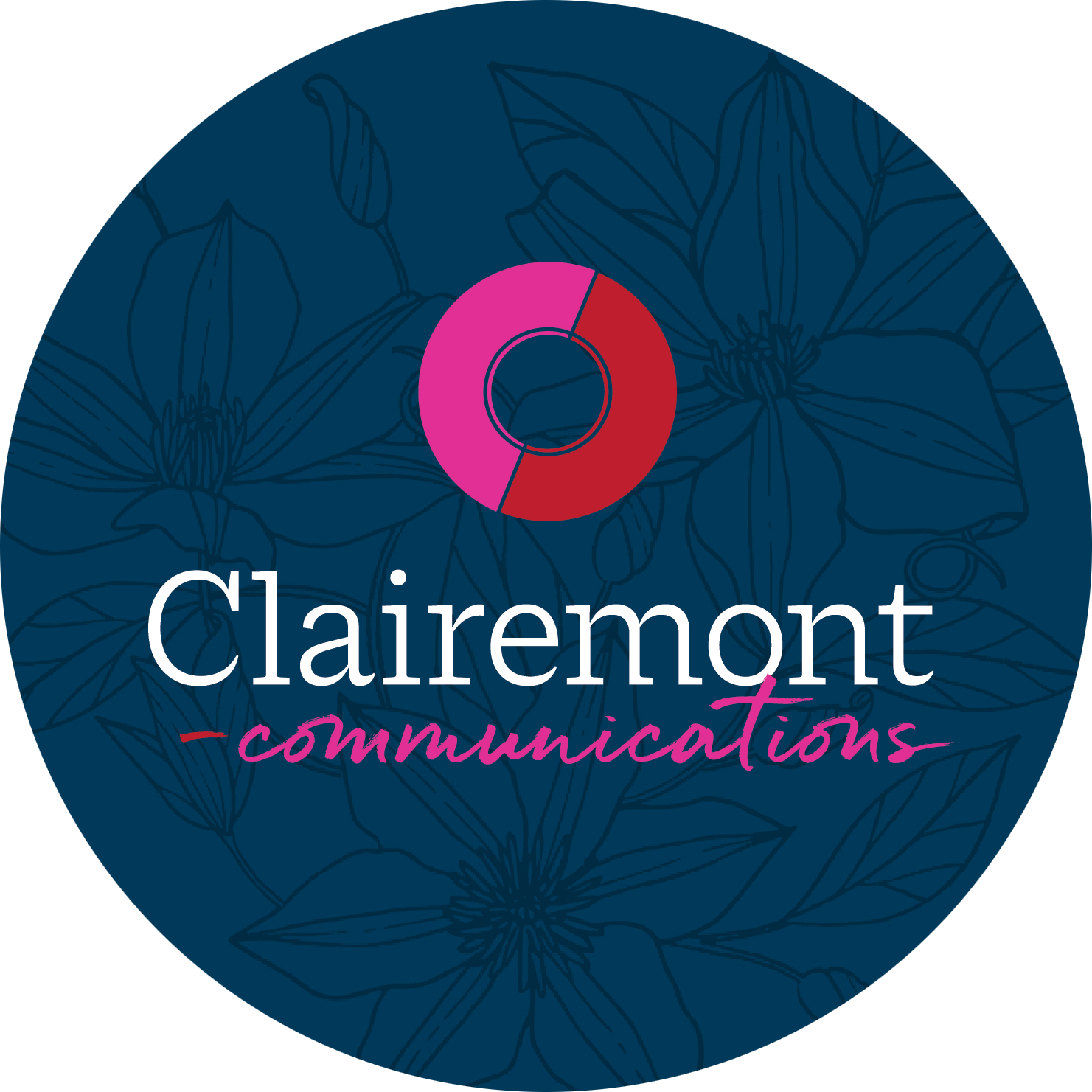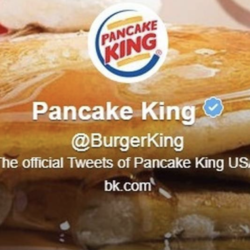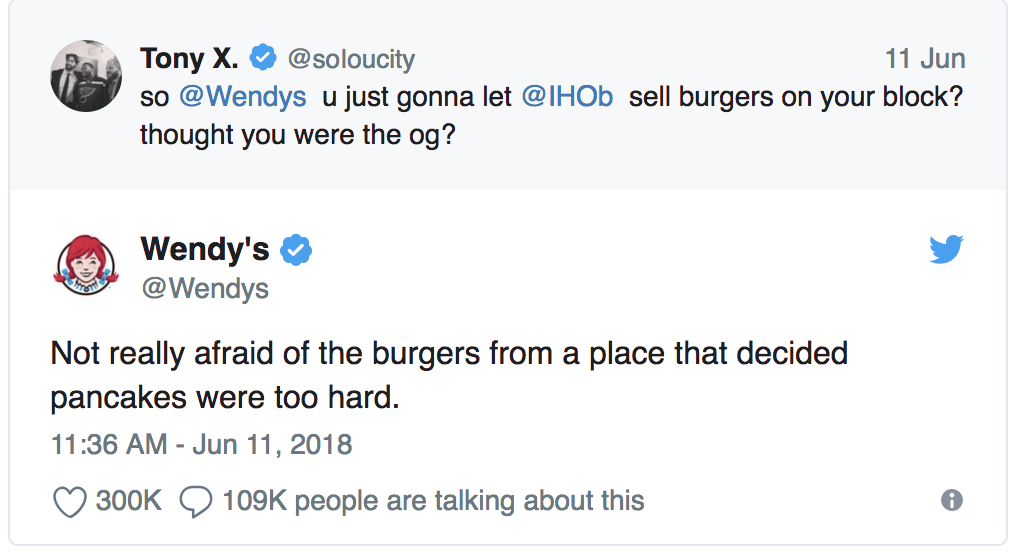Today’s consumers are perceptive, able to keenly sniff out performative authenticity. Potential clients and consumers of a company seek to support cause-driven brands that align with their own values. According to an article by Entrepreneur, brands should cultivate consumer loyalty through originality, “find an angle that nobody has taken before, and develop an image and voice that are wholly your own.”
What original content do people want, anyway?
As the largest living adult generation with an estimated total spending of $1.4 trillion over the course of 2020, millennials make up a powerful part of the market. The youngest age group, Generation Z, has companies scrambling to secure its approval, since this generation’s buying power equals more than $140 billion.
For millennials, here are a few important statistics to remember:
“Sixty-one percent of millennials are worried about the state of the world and feel personally responsible to make a difference.” – Huffington Post
“Eighty-four percent of millennials don’t trust traditional advertising.” –Hubspot
In addition, marketers should keep in mind that Generation Z is aware of obvious marketing pitches, wanting products that offer them an experience over a tangible item. Generation Z asks, “What experience will your product bring me?” According to an article by Mention, “Products are 25 percent of what you sell. The rest is an intangible feeling tied to the product.”
In the current marketing climate, consumers of all ages value brands that are socially responsible and authentic. Here are a few brands that have been originally and unapologetically authentic, earning the respect (and business) of their audiences.
Burger King Shoutout
Burger King has been known to challenge the status quo with its advertisements, whether through humorous television commercials or with bold visual and verbal content. Burger King has perfected its brand voice to be cheeky, witty and unafraid of highlighting prevalent social happenings. Take a peek at a few of the ways Burger King “roasted” its competition with effective advertising.
The latest Burger King ad went so far beyond blatant boldness that it didn’t initially seem to make sense. What was this advertisement? A big, detailed picture of a moldy, unappetizing BK burger, along with the caption, “The beauty of no artificial preservatives.”
The message of this content was clear: Burger King’s burgers are made with fresh ingredients, so they get moldy if left out. Burger King’s global CMO, Fernando Machado, believes that in order to grab people’s attention, an ad needs to trigger an intense emotional response. During the recent EffWeek conference hosted by the Institute of Practitioners of Advertising, Machado said, “If you want to cut through the clutter and not rely on an insanely big budget, which most marketers don’t have, you need to do things that are bold and edgy and hit a nerve.”
This ad certainly hits a nerve. It avoids being labeled as a “typical ad,” and it promotes a certain idea of the type of food experience you’re getting by dining at Burger King. Check, check and double-check.
Patagonia Shoutout
Patagonia is another example of a brand that is more concerned with the message and cause that it’s backing rather than focusing on the simple appeal of an aesthetic logo.
While Patagonia loves raw advertisements using video content of real people using its gear to adventure in real life, one of its latest advertisements took an unapologetic social and political stand.
Sewn into a style of shorts is the message, “Vote the Arseholes Out.” While not referring to any specific candidate, Patagonia is calling its consumers to vote out any candidate that rolls back environmental protection and does not actively attempt to control climate change. Patagonia’s European marketing director, Alex Weller says that making such an ambitious statement challenges the company to “rethink how it approaches business,” and shift its focus to being both sustainable and profitable.
Patagonia has identified its company values, and its advertisements reflect this. The company’s goal isn’t to “fuel a superficial desire” for its products but rather to create intrigue about the effects of environmental impact through its brand voice.
The best part?
People are taking notice.
Want to know how to make your brand bold and bodacious? We’ve got ideas. Shoot us an email!
By Clairemont intern Anna Beth Adcock, a senior at NC State.




